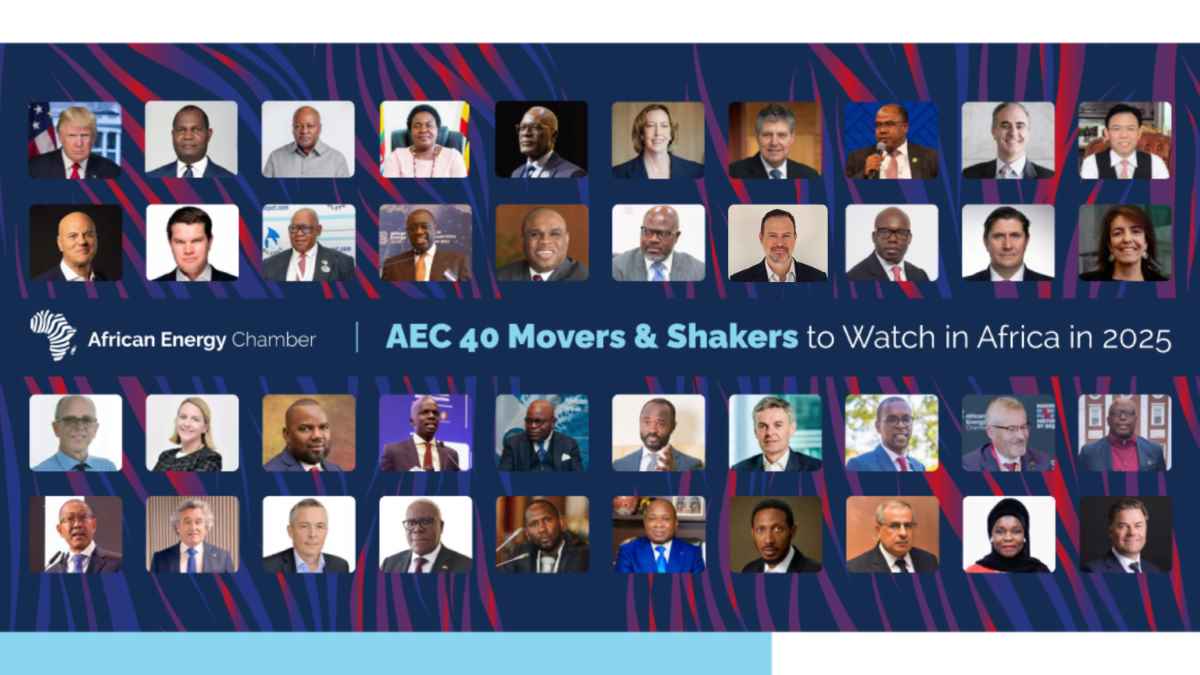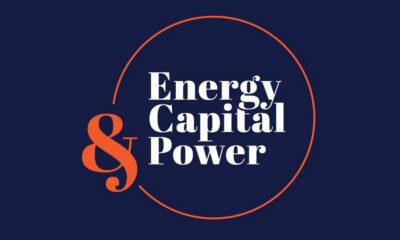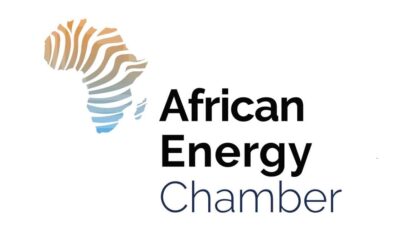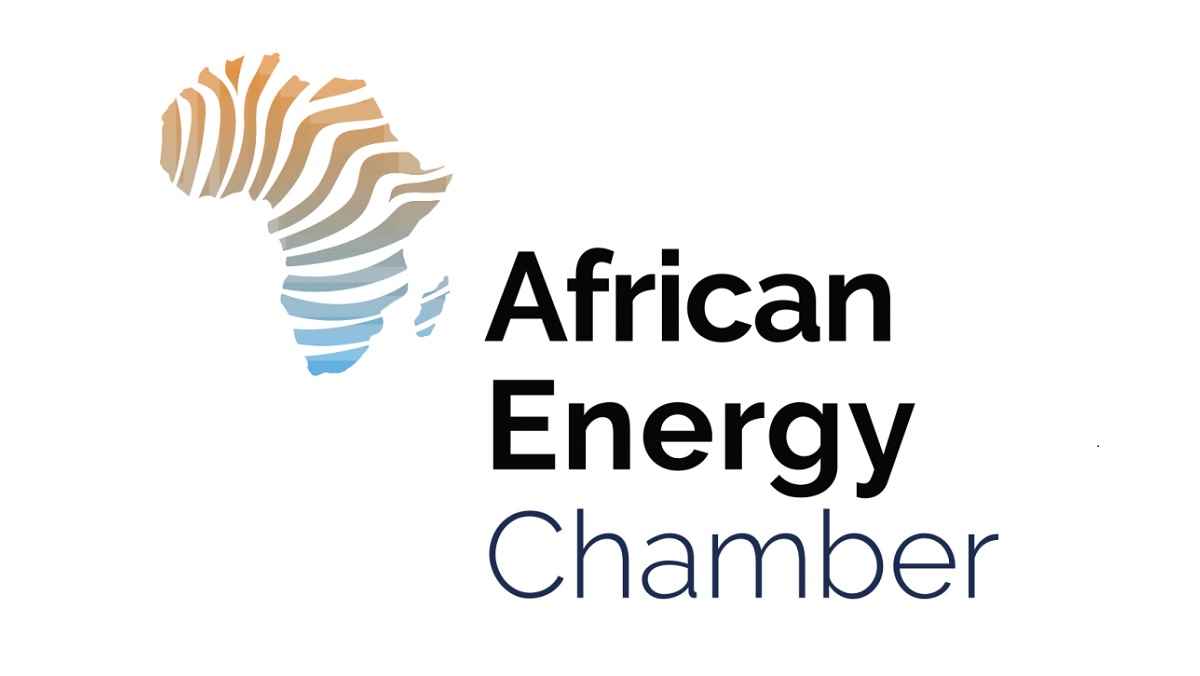Business
African Energy Ministers, National Oil Companies (NOCs) and Regulators Stand Out Among African Energy Chamber’s (AEC) 2025 Movers and Shakers

Business
2.5 Million Tonnes Per Annum (MTPA) in Gas Output Feasible for Namibia, Says the National Petroleum Corporation of Namibia (NAMCOR)
Business
Strategic Mergers and Acquisitions (M&As) Fuel Investment, Expansion in Namibia’s Upstream Sector
Business
Capricornus 1-X Adds to String of Successes in Namibia’s Offshore Oil Boom
-

 Business5 days ago
Business5 days agoWest African Chambers of Mines to Advance Regional Mining Collaboration at Mining in Motion (MIM) 2025
-

 Business4 days ago
Business4 days agoAfrican Mining Week (AMW) to Spotlight Investor Strategies Driving Africa’s Mineral Industrialization
-

 Business4 days ago
Business4 days agoMoore Global Partners with U.S.-Africa Energy Forum (USAEF) to Advance Critical Minerals Investment in Africa
-

 Business4 days ago
Business4 days agoDemocratic Republic of the Congo’s (DRC) Hydrocarbons Minister to Speak at Invest in African Energy (IAE) 2025 Amid Renewed Exploration Drive
-

 Business4 days ago
Business4 days agoCanon Central and North Africa Unveil Season 2 of ‘Women Who Empower’ with Women in Successful Careers (WISCAR) in Nigeria
-

 Business5 days ago
Business5 days agoThe Meltwater Entrepreneurial School of Technology (MEST) Africa and Mastercard Foundation Announce Selection of 12 Companies for Second Cohort of EdTech Fellowship in Ghana
-

 Business5 days ago
Business5 days agoAzule Energy Joins Angola Oil & Gas (AOG) 2025 as Gold Sponsor Ahead of Major Project Launches
-

 Business5 days ago
Business5 days agoZero-Carbon Village Rises in Tujia Countryside















